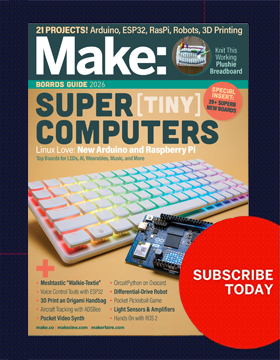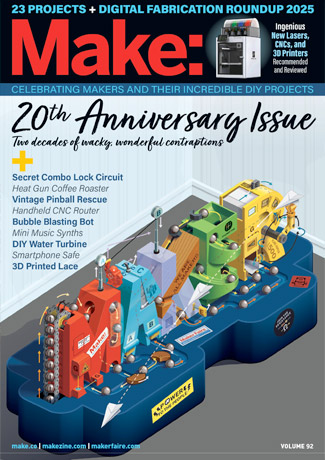
You’ve designed the rest of your project, so now it’s time to select a battery. There are many types of battery chemistries, and each one has its own different characteristics. So which one to choose? We’ll cover the basic features for each battery type in order to help you decide which one is right for you.
For each type, we’ve rated the following attributes on a scale of 1–5, with 5 being the best, and 1 being the worst:
- Specific Energy (Yellow): This is the amount of energy in the battery per unit of mass, usually measured in watt-hours per kilogram (W・h/kg).
- Cycle Life (Aqua): This is the number of discharge-charge cycles a battery can be put through before it begins to fail.
- Shelf Life (Dark Brown): This is based on the self-discharge rate of a battery, or how much energy it loses without being used.
- Price (Tan): Battery prices can vary wildly, depending on how much power you want in a given size.
Dry Cell
Dry cell batteries power most small, portable devices. The most common chemistries are zinc-carbon and alkaline. Most are not rechargeable, and are only used for low-power applications. However, their high availability, safety, and long shelf life make them an ideal and versatile choice for small projects.
NiCad
Nickel-cadmium (NiCd or NiCad) batteries excel at maintaining voltage and holding charge when not in use. However, NiCads can fall victim to the dreaded “memory” effect when a partially charged battery is recharged, lowering the future capacity of the battery.
NiMH
Nickel-metal hydride (NiMH) batteries offer a greater power density than NiCad, but they can’t handle high discharge rates as well. Though more expensive with a lower cycle life, they are not susceptible to the “memory” effect as NiCads are.
LiFePO4
Lithium iron phosphate (LiFePO4) batteries deliver high currents, and have a cycle life in the thousands. LiFePO4 also won’t explode when shorted, as previous lithium ion batteries were known to. Of course, all of that comes at a higher price per battery.
Lead-Acid
A low-cost workhorse, the lead-acid battery is heavy, but it’s reliable. Because of their weight, they’re often used in non-portable applications such as solar-panel energy storage, vehicle ignition and lights, and backup power.
ADVERTISEMENT






